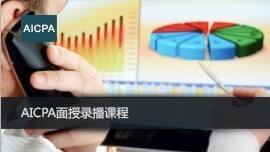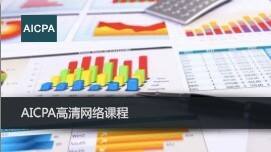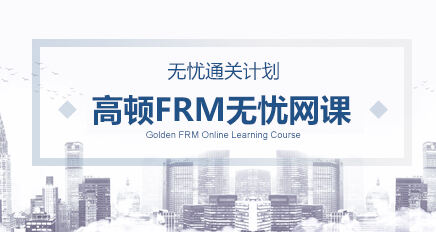【阅读】Clarifying Clarified Auditing Standards on Group Audits
As I promised in my blog post “3 Things You Need to Know About Clarified Standards,” here’s an analysis on the changes wrought by the new clarified auditing standards on group audits.
As I said previously, the key point here is to realize when this section, AU-C 600, Special Considerations--Audits of Group Financial Statements (including the Work of Component Auditors) applies. It applies not only when other auditors perform part of the audit, but whenever the financial statements include financial information of components, such as equity investees, subsidiaries or other business entities and activities that are included in the group financial statements. Even if you are the only auditor, if the financial statements include financial information that is consolidated, combined or aggregated from a separate financial accounting system, the provisions of AU-C 600 apply.
Obviously, identifying components is another key point. Once you have identified components—and components can be aggregated—the next step is to determine if any components are significant. I like to say that significant components are either “big” or “bad;” that is, a component may be significant due to individual financial significance or because the component contains a significant risk of material misstatement. An example of the latter might be a component that is relatively small but holds investments in derivatives. AU-C 600 requires specific procedures for significant components.
AU-C 600 addresses, in the context of a group audit, considerations related to materiality, risk assessment and the consolidation process. AU-C 600 also addresses subsequent events; the auditor of the group financial statements is responsible for considering subsequent events that may require adjustment to or disclosure in the group financial statements through the date of the auditor’s report on the group financial statements, which is rarely the same date as the date of a component auditor’s report on audits of component financial statements. Communication with the component auditor about subsequent event procedures, as early as possible in the audit engagement, is critical.
AU-C 600 can be overwhelming, but remember, it is special considerations for audits of group financial statements. You may find, after carefully analyzing the section, that there is not much change because you have already been performing the procedures necessary to address the risks of material misstatement in group financial statements.
Information on group audits, including questions and answers, videos and an upcoming webinar are available on the USCPA’s Clarity Project website.
Ahava Goldman, CPA, Senior Technical Manager, American Institute of CPAs. Ahava is the staff liaison for the Auditing Standards Board and staffed the Clarity Task Force which oversaw the ASB’s Clarity project.

相关阅读
【阅读】社会证券交易所的出现和其他市场驱动的可持续发展2012/11/20
【阅读】拥抱变化2012/10/24
【阅读】什么是数字化CPA2012/10/10

















